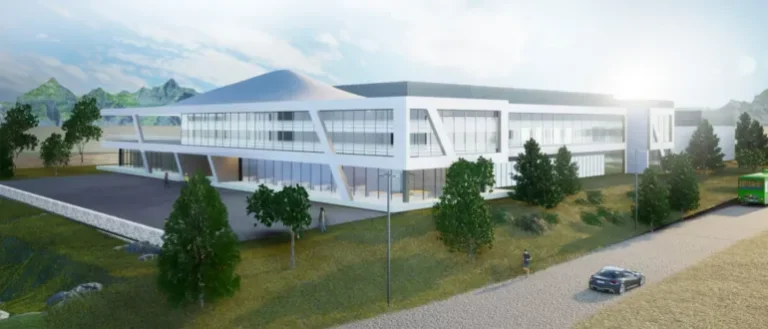This audio is automatically generated. Please let us know if you have any comments.
McCarthy Building Cos., based in St. Louis, began building a $150 million Colorado State University facility for the fusion energy research as a means of generating clean energy, the contractor announced on November 1.
Once completed, the 71,000-square-foot Advanced Technology Lasers for Applications and Science facility will focus on creating fusion energy as a viable clean energy source and will have the flexibility to house the study of ‘a series of topics related to the interactions of matter, according to the release. The structure will be located on CSU’s Foothills campus in Fort Collins, Colorado.
The building will contain more than 7,500 cubic yards of concrete with 5-foot-thick protective walls around the target bay and a 3-foot-thick slab below the laser and target bays to isolate vibrations, according to McCarthy. Laboratory spaces will feature clean rooms up to ISO 6 / Class 1,000, and HVAC systems will maintain extreme tolerances to keep laser systems operating properly in temperature and humidity controlled environments.
CSU and fusion energy company Marvel Fusion will work together as part of a public-private partnership to complete construction. Along with McCarthy, who will serve as the construction general contractor, P3 chose SWBR, based in Rochester, New York, as the architect.
Beyond fusion and basic science research, the ATLAS facility will also support interdisciplinary work on topics such as medicine where lasers could be used to treat tumors. Other potential research includes lithography and microchip design, along with detailed X-ray imaging of fast-moving objects, such as aircraft engine turbines, in motion.
“This project represents an important milestone for the university and the broader scientific community, and we are excited to be a part of this visionary effort,” said Joe Brunsman, senior vice president of McCarthy Building Cos. Colorado, in the statement.
McCarthy expects the project to be completed by mid-2026.

